Home>Interior Design>Which Wall To Accent In A Living Room: How To Make The Right Call
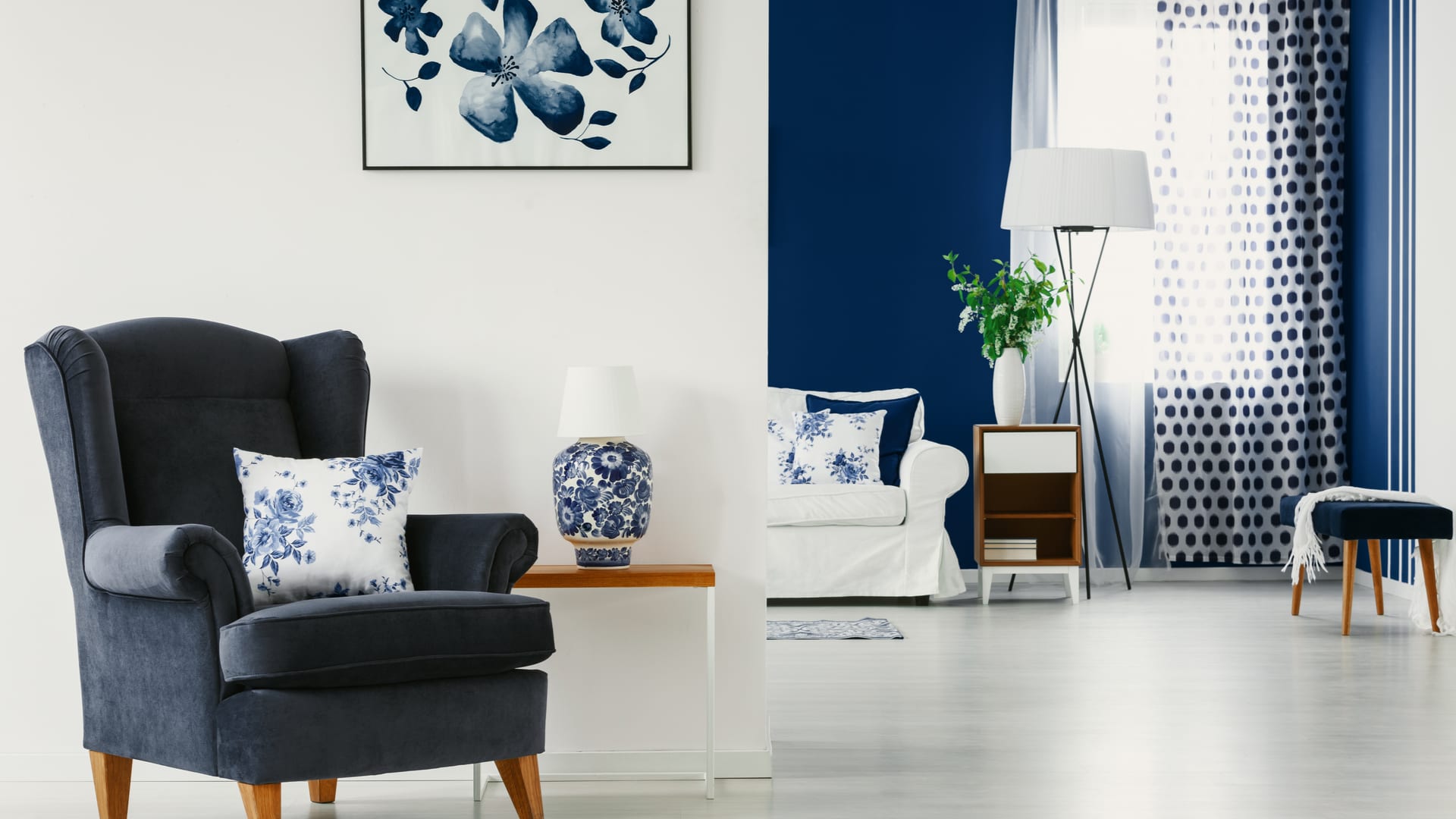

Interior Design
Which Wall To Accent In A Living Room: How To Make The Right Call
Modified: January 23, 2024
Discover the art of interior design for living rooms and learn how to choose the perfect wall to accentuate your space. Enhance your home with expert tips and make the right call.
(Many of the links in this article redirect to a specific reviewed product. Your purchase of these products through affiliate links helps to generate commission for Storables.com, at no extra cost. Learn more)
Introduction
When it comes to interior design, there are various strategies to create a visually appealing and engaging space. One of the most effective techniques is incorporating accent walls into the design, particularly in a living room. Accent walls not only add depth and character to a room but also serve as focal points that draw attention and create a sense of balance.
In this article, we will delve into the art of choosing the perfect wall to accent in a living room. We will explore the factors to consider, techniques to employ, and various options available to create a stunning focal point. Whether you’re a homeowner looking to redesign your living room or an interior designer seeking inspiration, this guide will provide you with the insights and knowledge to make the right call.
By understanding the purpose of accent walls and considering key factors such as layout, color scheme, and desired atmosphere, you can transform an ordinary living room into a space that reflects your style and personality. So let’s dive in and explore the world of accent walls, and discover how to maximize their impact in your living room design.
Key Takeaways:
- Transform your living room with a visually captivating accent wall that reflects your personal style and enhances the overall aesthetic of the space. Consider factors such as natural focal points, color scheme, and texture to create a harmonious and striking focal point.
- Maintain balance and harmony in your living room by carefully considering proportions, colors, and visual weight when incorporating an accent wall. Infuse your personal style and creativity to create a space that reflects your unique personality and taste.
Read more: Living Room Accent Walls: Which To Paint?
Understanding the Purpose of Accent Walls in a Living Room
An accent wall is a powerful design element that can transform the look and feel of a living room. But before we delve into how to choose the right wall to accent, it’s important to understand the purpose behind incorporating accent walls into the overall design scheme.
The primary purpose of an accent wall is to create visual interest and draw attention to a specific area of the room. It acts as a focal point that sets the tone for the entire space and enhances the overall aesthetics. By highlighting a particular wall, you can showcase unique architectural features, create a dramatic backdrop for artwork or furniture, or simply add a pop of color or texture to break up the monotony.
Accent walls also help in defining and dividing spaces within an open concept living room. By distinguishing one wall from the others, you can create a sense of purpose or delineate different zones for specific activities. For example, you might accentuate the wall behind the TV area to make it stand out as the entertainment zone, while leaving the other walls in a more neutral color to create a relaxing seating area.
Another purpose of accent walls is to add dimension and depth to a room. By strategically choosing a wall to highlight, you can make the space feel larger or smaller, depending on the desired effect. For instance, accentuating a long wall in a narrow living room can visually widen the space, making it feel more expansive.
Furthermore, accent walls provide an opportunity to experiment with different design elements and techniques. Whether it’s using bold colors, textured finishes, or unique patterns, accent walls allow you to take risks and showcase your creativity without overwhelming the entire room. It’s a chance to inject personality and style into your living room design while keeping the overall aesthetic cohesive.
Lastly, accent walls can also serve practical purposes. They can conceal imperfections or architectural flaws by diverting attention away from them. For instance, if a wall has unsightly cracks or large electrical panels, an accent wall can turn these distractions into artistic features by incorporating them seamlessly into the design.
Overall, the purpose of an accent wall is to create visual impact and enhance the overall design of a living room. It’s a way to inject personality, style, and functionality into the space while maintaining a sense of balance and harmony. Now that we understand the purpose of accent walls, let’s explore the factors to consider when choosing which wall to accent in your living room.
Factors to Consider When Choosing a Wall to Accent
Choosing the right wall to accent in your living room requires careful consideration of several factors. By taking into account these key elements, you can ensure that your accent wall not only enhances the overall aesthetic but also complements the existing space. Here are some factors to consider when making this decision:
1. Natural Focal Points: Assess the natural focal points of the room. These are areas that naturally draw attention, such as a fireplace, large windows, or architectural features. Accentuating a wall near these focal points can further highlight their presence and create a visually captivating space.
2. Room Layout and Architecture: Analyze the room’s layout and architecture. Consider the placement of doors, windows, and other permanent fixtures. Choose a wall that complements the flow and structure of the room. For example, accentuating a wall opposite a large window can create a balanced and harmonious look.
3. Existing Color Scheme and Decor: Evaluate the existing color scheme and decor of the room. The accent wall should harmonize with the overall color palette and complement the furnishings. Take into account the colors of the furniture, curtains, and accessories, and choose a wall color that contrasts or coordinates with these elements.
4. Desired Effect and Atmosphere: Determine the desired effect and atmosphere you want to create in the room. Do you want to make a bold statement with a vibrant color or pattern, or do you prefer a more subtle and serene ambiance? The purpose of the accent wall will guide your color and design choices.
5. Lighting Conditions: Consider the lighting conditions in the room. How much natural light does the wall receive? How will artificial lighting affect the accentuated area? Keep in mind that lighting can significantly impact the perception of color and texture, so make sure the accent wall looks its best in different lighting situations.
6. Room Size and Proportions: Take into account the size and proportions of the room. In smaller spaces, a bold accent wall might overpower the room, whereas in larger rooms, it can create a striking visual impact. Maintain a sense of balance by considering the scale of the room and the size of the wall you plan to accentuate.
7. Long-Term Versatility: Consider the long-term versatility of the accent wall. Will the chosen color or pattern still be appealing to you in the years to come? Opt for a design that can adapt to evolving styles and trends, allowing you to easily update the room’s decor without needing to repaint or change the accent wall.
By carefully evaluating these factors, you can make an informed decision about which wall to accent in your living room. Remember, the goal is to create a visually stunning space that reflects your style, enhances the room’s functionality, and brings a sense of harmony to the overall design.
Assessing the Natural Focal Points in the Room
When choosing a wall to accent in your living room, it’s important to assess the natural focal points in the space. These focal points are areas or features that naturally draw attention and become the center of focus. By accentuating a wall near these focal points, you can further enhance their impact and create a visually captivating space. Here are some tips for assessing the natural focal points in your room:
1. Fireplace: If your living room has a fireplace, it’s often a natural focal point. The warmth and charm of a fireplace make it a perfect choice for an accent wall. By highlighting the wall behind the fireplace, you can create a dramatic backdrop that enhances the overall ambiance of the room. Consider using bold colors or textured materials to draw attention to this area.
2. Large Windows: Windows not only bring in natural light but also offer a view to the outside world. If your living room has large windows, consider accentuating the wall opposite them. This will create a balanced and harmonious look, as the accent wall frames the view and draws attention to the natural beauty outside.
3. Architectural Features: Pay attention to any unique architectural features in the room. This could be a decorative niche, a built-in bookshelf, or intricate molding. Accentuating the wall that showcases these features will not only highlight their presence but also add depth and character to the room. Consider using contrasting colors or textured finishes to make these architectural details stand out.
4. Statement Furniture: If you have a statement piece of furniture in your living room, such as a grand piano or a unique sofa, you can accentuate the wall behind it to create a focal point. This will draw attention to the furniture and create a visually striking area in the room. Consider using a complementary color or pattern to make the furniture truly shine.
5. Artwork or Gallery Wall: If you have a collection of artwork or a gallery wall, you can accentuate the wall where these pieces are displayed. This will not only highlight your collection but also create a curated and artistic look in the room. Consider using a neutral color or a subtle pattern that allows the artwork to take center stage.
6. Television or Entertainment Unit: In modern living rooms, the television or entertainment unit often becomes a focal point. If you want to draw attention to this area, consider accentuating the wall behind it. You can use bold colors or interesting textures to make this area visually appealing while maintaining a cohesive look with the rest of the room.
By assessing the natural focal points in your living room, you can determine which wall to accentuate to create a visually captivating space. Remember to consider the size, scale, and overall design aesthetic of the room when making your decision. The goal is to enhance the impact of these focal points and create a room that reflects your style and personality.
Analyzing the Room’s Layout and Architecture
When choosing a wall to accent in your living room, it’s crucial to analyze the room’s layout and architecture. The layout and architectural features of the room play a significant role in determining which wall will work best as the focal point. By carefully considering these factors, you can ensure that the accent wall enhances the overall aesthetics and functionality of the space. Here are some tips for analyzing the room’s layout and architecture:
1. Room Shape and Size: The shape and size of the room will influence the placement of furniture and the overall flow of the space. Determine if the room is rectangular, square, or irregular in shape. This assessment will help you visualize how an accent wall will fit into the layout and how it will affect the visual balance of the room. For instance, in a rectangular room, accentuating the shorter wall can help create a sense of width.
2. Doors and Windows: Take note of the location and placement of doors and windows in the room. These elements are important architectural features that can impact the placement of the accent wall. Consider accentuating a wall opposite a window to create a balanced look, or choose a wall adjacent to a door to create a seamless transition between rooms.
3. Architectural Details: Examine the architectural details in the room, such as columns, arches, or decorative moldings. These details can help guide your decision on which wall to accent. Accentuating a wall that showcases these architectural features can bring attention to the craftsmanship and add depth and character to the space.
4. Ceiling Height: Take into consideration the height of the ceiling in your living room. This can affect the visual impact of the accent wall, especially if you plan to use vertical elements, such as stripes or tall artwork. Accentuating a wall in a room with high ceilings can create a grand and elegant look, while in a room with lower ceilings, a horizontal accent wall can make the space feel more expansive.
5. Furniture Placement: Consider the placement of furniture in the room and how it interacts with the walls. Look for opportunities to accentuate a wall that complements the furniture arrangement. For example, accentuating the wall behind a sofa or dining table can create a focal point that enhances the functionality and visual appeal of the space.
6. Traffic Flow: Evaluate the traffic flow in the room and ensure that the accent wall does not impede the natural circulation. The accent wall should enhance the room’s layout and encourage a smooth flow of movement. Avoid accentuating walls that may create obstacles or disrupt the functionality of the space.
By analyzing the room’s layout and architecture, you can make an informed decision about which wall to accent in your living room. Consider the size, shape, and architectural features of the room, as well as the placement of furniture and the flow of traffic. The goal is to create a harmonious and visually appealing space that reflects both the room’s architecture and your personal style.
Evaluating the Existing Color Scheme and Decor
When choosing a wall to accent in your living room, it’s important to evaluate the existing color scheme and decor. The accent wall should harmonize with the overall design aesthetic of the room and complement the furnishings and accessories. By carefully considering the existing color scheme, you can ensure that the accent wall enhances the overall look and feel of the space. Here are some tips for evaluating the existing color scheme and decor:
1. Color Palette: Take note of the colors used throughout the room. Consider the walls, flooring, furniture, curtains, and other accessories. Look for dominant colors as well as accent colors that are used sparingly. This evaluation will help you determine which color or hue will work best as an accent on the chosen wall.
2. Complementary Colors: Identify the complementary colors to the existing color scheme. Complementary colors are those that are opposite each other on the color wheel. Choosing an accent wall color that complements the existing colors will create a visually pleasing and harmonious look. For example, if the room has predominantly cool blue tones, consider a warm accent wall color like a rich rust or sunny yellow.
3. Contrasting Colors: Alternatively, you can choose a contrasting color for the accent wall. Contrasting colors create a bold and dramatic effect and can add visual interest to the room. Look for colors that are on the opposite ends of the color spectrum. For example, if the room is mostly neutral tones, consider a vibrant accent wall color like royal blue or deep red.
4. Color Psychology: Consider the psychological impact of different colors. Each color evokes certain emotions and moods. For instance, blue is calming and serene, while yellow is energetic and cheerful. Think about the atmosphere and ambiance you want to create in the room and choose an accent wall color that aligns with those intentions.
5. Balance and Harmony: Evaluate the balance and harmony of the existing color scheme. Ensure that the accent wall color does not overpower or clash with the other colors in the room. It should complement the existing colors and create a sense of cohesion. If the room has bold and vibrant colors, consider a more subdued or complementary shade for the accent wall.
6. Style and Theme: Consider the style and theme of the room. Is it modern and minimalist, or traditional and classic? The accent wall color should enhance and reinforce the overall style of the room. For a modern and sleek look, consider a monochromatic accent wall color. For a more eclectic or bohemian style, experiment with patterns or bold colors.
7. Texture and Finish: In addition to color, consider texture and finish for the accent wall. Textured finishes, such as stucco or faux brick, can add dimension and visual interest. Glossy or matte finishes can create different effects and reflect light differently, impacting the overall ambiance of the room.
By taking the existing color scheme and decor into account, you can choose an accent wall color that complements the room’s overall design aesthetic. Consider the color palette, complementary and contrasting colors, as well as the psychological impact of different colors. Ensure that the accent wall creates balance and harmony in the room while reinforcing the desired style and theme. With careful evaluation, you can transform your living room with a stunning and cohesive accent wall.
Determining the Desired Effect and Atmosphere
When choosing a wall to accent in your living room, it’s important to determine the desired effect and atmosphere you want to create in the space. The accent wall should not only enhance the overall aesthetics but also set the tone for the room. By carefully considering the desired effect and atmosphere, you can choose a color, pattern, or texture that aligns with your vision. Here are some tips for determining the desired effect and atmosphere:
1. Mood and Emotion: Consider the mood and emotion you want to evoke in the room. Do you want the living room to feel cozy and intimate, or vibrant and energetic? Different colors and design elements can have a significant impact on the mood of the space. For example, warm colors like red and orange create a sense of warmth and excitement, while cool colors like blue and green evoke a calming and soothing atmosphere.
2. Functionality: Think about how the living room space will be used. Is it primarily a space for relaxation and unwinding, or is it a lively gathering spot for family and friends? The purpose of the room can influence the desired effect and atmosphere. For a serene and serene space, consider soft and neutral tones, while for a lively and energetic ambiance, opt for bold and vibrant colors.
3. Style and Theme: Consider the style and theme of the room. Is it modern and minimalist, or traditional and rustic? The desired effect and atmosphere should align with the overall style. Modern spaces often lean towards crisp and clean lines with subtle accent colors, while traditional spaces tend to embrace richer colors and intricately patterned accent walls.
4. Personal Preferences: Reflect on your personal preferences and how you want the living room to make you feel. What colors do you find most appealing? What textures or patterns resonate with your taste? Tailor the accent wall to reflect your unique style and personality, ensuring that it creates an environment where you feel comfortable and at home.
5. Visual Impact: Consider the visual impact you want the accent wall to have in the room. Do you want it to be a bold statement piece that immediately catches the eye, or do you prefer a more subtle and understated look? Assess the overall balance and harmony of the room and choose an accent wall design that complements the existing elements while still creating a visual focal point.
6. Long-Term Vision: Think about the longevity of your desired effect and atmosphere. Will the chosen design and colors still be appealing to you in the years to come? While it’s important to capture your current vision, consider selecting an accent wall design that can adapt to evolving styles and trends, ensuring that it remains a timeless and captivating addition to your living room.
By determining the desired effect and atmosphere, you can make a well-informed decision about the design elements for the accent wall in your living room. Consider the mood, functionality, style, and your personal preferences. Create a space that reflects your vision and creates the desired ambiance, resulting in a living room that is visually stunning and emotionally resonant.
When choosing which wall to accent in a living room, consider the natural focal point of the room, such as a fireplace or large window. Accenting this wall will draw attention to the room’s best feature.
Exploring Different Accent Wall Options and Techniques
When it comes to accent walls in a living room, the options and techniques are endless. From paint colors to wallpaper patterns, and from textured finishes to unique materials, there are various ways to create a standout focal point in your space. Let’s explore some of the different accent wall options and techniques:
1. Paint Options and Color Considerations: Painting is perhaps the most popular and versatile option for accent walls. Choose a bold and contrasting color to make the wall stand out from the rest. Alternatively, opt for a subtle and complementary shade that adds depth without overpowering. You can also consider techniques like color blocking or ombre walls for an even more unique effect.
2. Wallpaper and Patterned Accent Wall Ideas: Wallpaper offers limitless design possibilities for accent walls. From intricate patterns to modern geometric designs, there’s something to suit every style. Consider a feature wall with a bold floral print or a metallic geometric pattern to make a statement. Self-adhesive removable wallpapers have also become popular, allowing for easy installation and removal.
3. Texture and Material Choices: Adding texture to an accent wall can create visual interest and dimension. Consider materials like faux brick, shiplap, or stacked stone for a rustic or industrial look. Wood paneling or reclaimed wood can bring warmth and a touch of nature to the space. Textured paint techniques, such as sponge painting or stippling, can also create unique effects.
4. Incorporating Artwork and Wall Decor as Accent Pieces: An unconventional yet creative way to create an accent wall is to incorporate artwork and wall decor as the focal point. Hang a gallery of framed artworks or photographs on one wall, or create a large-scale statement piece with a mural or a collection of mirrors. This not only adds visual interest but also allows you to showcase your personal style and interests.
5. Architectural Elements: If your living room has existing architectural features, consider incorporating them into the accent wall design. For example, highlight a built-in bookshelf or a decorative niche with a contrasting color or wallpaper. Use lighting techniques, such as spotlights or LED strips, to draw attention to these architectural elements and create a captivating visual focal point.
6. Accent Wall with Shelves or Floating Shelves: Another innovative approach is to create an accent wall with shelves or floating shelves. Install shelves in a geometric pattern or in an asymmetrical design to add functionality and style to the wall. Use the shelves to display curated decor items, books, or even indoor plants. This not only adds visual interest but also creates a practical storage solution.
7. Mix and Match: Don’t be afraid to mix and match different accent wall options and techniques for a truly unique and personalized look. Combine paint with wallpaper, incorporate texture with artwork, or experiment with different materials. The key is to create a cohesive design that complements the overall aesthetic of the room and reflects your individual style.
When exploring different accent wall options and techniques, consider the overall theme and style of your living room. Also, take into account the existing decor and furnishings to ensure that the accent wall seamlessly blends with the space. Remember, the goal is to create a visually stunning focal point that enhances the overall design of your living room and reflects your personal taste and style.
Paint Options and Color Considerations
When it comes to accent walls, painting is often the go-to option for creating a striking focal point in a living room. The versatility of paint allows for endless possibilities and customization to suit your personal style. Here we will explore different paint options and color considerations for your accent wall:
1. Bold and Contrasting Colors: One popular approach is to choose a bold and contrasting color for your accent wall. This technique adds drama and instantly draws attention to the wall. Consider colors that stand out from the rest of the room’s palette. For example, if your living room has neutral tones, opt for a deep navy blue or a vibrant emerald green to create a bold statement.
2. Complementary Shades: Another option is to select a complementary color to the existing color scheme. Complementary colors are opposite each other on the color wheel and create a harmonious look. If your room features warm tones, look for a cool-colored accent wall, such as a soft gray or a serene blue. This creates visual interest without overpowering the space.
3. Subtle and Tonal Variations: For a more understated approach, consider selecting a subtle and tonal variation of the existing color scheme. This creates a cohesive and effortless accent that adds depth to the room. For example, if your room has light gray walls, opt for a slightly darker shade of gray for the accent wall. This allows for a seamless transition while still adding visual interest.
4. Patterns and Designs: Painting can also involve incorporating patterns and designs on the accent wall. This technique elevates the aesthetics of the space and adds a unique touch. Consider using painter’s tape to create geometric shapes, stripes, or even a chevron pattern. This adds visual depth and texture to the wall, transforming it into a work of art.
5. Metallic Finishes: If you’re looking for a touch of glamour and elegance, consider using metallic finishes for your accent wall. Metallic paints, such as gold or silver, can bring a luxurious and sophisticated vibe to the room. Whether used in a subtle or bold way, metallic accents catch the light and create a shimmering effect, adding a touch of opulence to the space.
6. Faux Finishes: Faux finishes can be an intriguing option for accent walls, imitating the appearance of other materials. This allows you to achieve the desired look without the cost or commitment. For instance, a faux marble finish can evoke a sense of luxury, while a faux brick finish adds rustic charm. Explore various techniques and tutorials to achieve the desired faux effect.
7. Color Blocking: Color blocking involves using two or more contrasting colors to create distinct sections on the accent wall. This technique adds modern and artistic flair to the space. Consider using painter’s tape to divide the wall into geometric shapes or even diagonal sections. Play with different color combinations that complement the room’s color scheme, creating a bold and eye-catching statement.
When choosing paint options and colors for your accent wall, keep in mind the overall style and atmosphere you want to achieve in the room. Consider the existing color scheme, furniture, and decor to ensure a harmonious look. Don’t be afraid to experiment with different techniques and combinations to create a unique and personalized accent wall that truly enhances your living room.
Read more: How To Build Accent Chairs For Living Room
Wallpaper and Patterned Accent Wall Ideas
When it comes to creating a captivating accent wall in your living room, wallpaper offers endless possibilities. With its vast array of patterns, textures, and designs, wallpaper can transform a plain wall into a stunning focal point. Here, we will explore some ideas for incorporating wallpaper and creating patterned accent walls:
1. Bold and Dramatic Prints: Choose wallpaper with bold and dramatic prints to make a statement in your living room. Opt for large-scale patterns like oversized florals, striking geometrics, or abstract designs. These eye-catching prints instantly draw attention and add an element of visual interest to the space. Consider pairing a bold wallpaper with neutral-toned furniture and decor for a balanced look.
2. Subtle and Textured Designs: If you prefer a more understated look, consider textured wallpaper. This type of wallpaper adds depth and visual interest without overwhelming the room. Textured designs, such as grasscloth or linen-inspired patterns, create a tactile and cozy atmosphere. These wallpapers offer a sophisticated and elegant touch to the accent wall.
3. Geometric Patterns: Geometric patterns continue to be a popular choice for accent walls. From intricate honeycomb designs to simple chevrons or herringbone patterns, geometric wallpapers can bring a modern and trendy vibe to your living room. You can choose a bold and contrasting color scheme for a dynamic impact or opt for a more subtle tone-on-tone design for a sophisticated look.
4. Nature-Inspired Themes: Bring the outdoors in with nature-inspired wallpapers. Floral prints, leafy motifs, or serene landscapes can create a tranquil and refreshing atmosphere in your living room. The natural elements depicted in the wallpaper add a touch of serenity and connection to nature. Choose colors that reflect the season or coordinate with the room’s color palette for a cohesive look.
5. Metallic Accents: Wallpaper with metallic accents can add a touch of glamour to your accent wall. Whether it’s gold, silver, or copper, metallic wallpapers catch the light and create a luxurious shimmering effect. Consider using metallic accents in patterns like damask, trellis, or abstract designs to create an opulent and visually captivating accent wall.
6. Stripes and Zigzags: Striped or zigzag patterned wallpapers are classic choices for accent walls. Vertical stripes can add height and create an illusion of a taller space, while horizontal stripes can make a room appear wider. Opt for bold and contrasting colors or go for tone-on-tone variations for a more subtle yet sophisticated look. Zigzag patterns, like chevrons or herringbone, add a dynamic and contemporary feel to the wall.
7. Mural and Photographic Wallpapers: For a truly unique and artistic accent wall, consider mural or photographic wallpapers. These wallpapers feature large-scale images, such as cityscapes, landscapes, or abstract artwork. They can transform the wall into a stunning focal point and create a sense of depth and dimension in the room. Choose a mural that resonates with your personal style and complements the overall design of the living room.
When selecting wallpaper for your accent wall, consider the overall style and ambiance of your living room. Take into account the existing color scheme, furniture, and decor to ensure a cohesive and harmonious look. Wallpaper can elevate the design of your living room, providing a visually captivating and unique accent wall that reflects your personal style.
Texture and Material Choices for Accent Walls
When it comes to creating a visually stunning accent wall in your living room, texture and materials play a crucial role. Adding texture to a wall can transform the entire space, creating depth and visual interest. Here, we will explore some texture and material choices for accent walls that can elevate the design of your living room:
1. Faux Brick or Stone: Faux brick or stone accent walls bring a rustic and industrial charm to the space. The textured surface of these materials adds depth and character. Faux brick or stone wallpapers and panels offer a cost-effective option, while achieving the desired look. They can create a cozy and warm atmosphere, making your living room feel like a charming retreat.
2. Wood Paneling: Wood paneling is a timeless and versatile choice for accent walls. There are various types of wood paneling to choose from, including reclaimed wood, shiplap, or even intricately carved panels. Wood adds natural warmth and texture to the space, creating a cozy and inviting atmosphere. You can opt for a weathered or distressed look for a rustic vibe or a sleek and polished finish for a more modern aesthetic.
3. Textured Paint Techniques: Another way to add texture to an accent wall is through textured paint techniques. These techniques involve applying paint using special tools or additives to create unique effects. Examples include sponge painting, stippling, or rag rolling. Textured paint techniques add visual interest and depth to the wall, creating a one-of-a-kind look that complements the room’s overall design.
4. Woven Wall Hangings: Woven wall hangings or macramé tapestries can add texture and visual interest to an accent wall. These textiles bring a bohemian and eclectic touch to the space, creating a cozy and artistic atmosphere. Choose wall hangings with intricate weaves or interesting patterns to enhance the texture and make a statement on the accent wall.
5. Metallic Finishes: Metallic finishes, such as textured metallic paint or metal tiles, can add a touch of glamour and sophistication to the accent wall. The reflective quality of metallic materials catches the light and creates a shimmering effect. Consider metallic wallpaper, textured metal panels, or mosaic tiles to create a visually captivating and luxurious accent wall.
6. Upholstered Panels: Upholstered panels are a unique option for adding texture and softness to an accent wall. These panels are covered in fabric or leather and can be customized to fit your aesthetic. Upholstered panels bring a sense of luxury and elegance to the room. You can choose solid-colored fabric for a sleek look or opt for textured fabrics, such as velvet or faux fur, to add visual depth and tactile appeal.
7. 3D Wall Panels: 3D wall panels are an innovative option for creating a visually striking accent wall. These panels come in a variety of designs, from geometric patterns to organic shapes. They add depth and dimension to the wall, instantly transforming the space. Whether made from resin, gypsum, or other materials, 3D wall panels make a bold statement and become a focal point in the room.
When choosing texture and material for your accent wall, consider the overall style and ambiance you want to create in your living room. Take into account the existing color scheme and furniture to ensure a cohesive look. Adding texture and material to your accent wall will not only enhance the visual appeal but also add a tactile element to the space, making your living room more inviting and engaging.
Incorporating Artwork and Wall Decor as Accent Pieces
When designing an accent wall in your living room, consider incorporating artwork and wall decor as focal points. Artwork and wall decor not only add visual interest but also showcase your personal style and interests. Here are some ideas for incorporating artwork and wall decor as accent pieces to create a stunning and curated accent wall:
1. Gallery Wall: Create a gallery wall by arranging a collection of framed artwork, photographs, or even other wall decor items. Choose a theme or a cohesive color scheme to tie the pieces together. You can play with different sizes and frame styles to create a visually dynamic arrangement. Consider including a mix of paintings, prints, photographs, or even wall sculptures to add depth and texture to the wall.
2. Statement Artwork: Make a bold statement by showcasing a large-scale artwork as the focal point of the accent wall. Choose a piece that resonates with your style and complements the room’s design aesthetic. This statement artwork can be a captivating painting, a vibrant tapestry, or even a unique sculpture. Ensure that the size and scale of the artwork proportionately fit the wall to create a visually balanced look.
3. Mirrors: Incorporating mirrors into your accent wall not only adds visual interest but also creates the illusion of more space and reflects light. Opt for a single large mirror or a collection of smaller mirrors in various shapes and sizes for a unique and eclectic look. You can choose mirrors with ornate frames for a vintage touch or sleek and modern styles for a contemporary vibe.
4. Wall Shelves and Niche Displays: Another way to incorporate wall decor into the accent wall is by adding wall shelves or utilizing existing niches. Display decorative items such as small sculptures, pottery, plants, or even books on the shelves or within the niche. This arrangement creates a three-dimensional display that adds depth and interest to the accent wall.
5. Typography and Quotes: Use typography, lettering, or inspirational quotes as a graphic and artistic element on the accent wall. This adds a personal and meaningful touch to your living room. Consider vinyl decals, stencils, or custom-built lettering to bring words or phrases to life on the wall. Choose fonts and styles that complement the overall design aesthetic and create a focal point.
6. Wall Hangings and Tapestries: Incorporate textile wall hangings or tapestries as accent pieces on the wall. These woven art pieces can add texture and visual interest to the space. Opt for intricate handwoven tapestries or macramé hangings that reflect your style and bring a bohemian or eclectic touch to the room.
7. Sculptural Wall Decor: Consider incorporating sculptural elements as accent pieces on the wall. Sculptures made from various materials like metal, wood, or ceramic can create depth and texture. These three-dimensional art pieces become a focal point and add a unique and artistic touch to your accent wall.
When incorporating artwork and wall decor as accent pieces, consider the scale, proportion, and balance within the room. Experiment with different arrangements and layouts to find the most visually pleasing arrangement. Allow the artwork and wall decor to tell a story and reflect your personal style, creating a curated and visually captivating accent wall in your living room.
Tips for Maintaining Balance and Harmony in the Room
Creating an accent wall in your living room is an effective way to add visual interest and create a focal point. However, it’s important to maintain balance and harmony in the room to ensure a cohesive and pleasing aesthetic. Here are some tips to help you maintain balance and harmony when incorporating an accent wall:
1. Consider Proportions: Take into account the proportions of the room when choosing the wall to accent. Avoid selecting a wall that is disproportionately large or small compared to the size of the room. The accent wall should complement the overall scale and layout of the space, creating a balanced visual appeal.
2. Harmonize Colors: Ensure that the color of the accent wall harmonizes with the existing color scheme of the room. Consider the undertones, intensity, and saturation of the colors. Select a color that complements or contrasts with the other walls and furnishings in the room. The goal is to create a cohesive and harmonious color palette.
3. Balance with Neutrals: If you choose a bold or vibrant color for the accent wall, balance it out with neutral tones in the surrounding area. Neutral colors can help create a sense of balance and prevent the accent wall from overwhelming the space. Incorporate neutral shades in the furniture, curtains, and decor to create harmony in the room.
4. Distribute Visual Weight: Pay attention to the visual weight of elements in the room. Spread out visual interest to avoid a heavy focus on the accent wall alone. Distribute artwork, furniture, and decorative pieces throughout the space to create balance and maintain visual harmony.
5. Scale of Patterns: If you choose a patterned wallpaper or a textured finish for the accent wall, consider the scale of the pattern. Large-scale patterns may overpower the room, while small-scale patterns may get lost. Choose a pattern size that complements the scale of the room and surrounding elements to maintain balance.
6. Balance Lighting: Ensure that lighting is evenly distributed in the room to maintain balance and harmony. Arrange lighting fixtures strategically to illuminate both the accent wall and the surrounding areas. Consider incorporating a variety of light sources, such as overhead lights, wall sconces, or floor lamps, to create a balanced and comfortable ambiance.
7. Complementing Furniture and Decor: Select furniture and decor items that complement the accent wall. Consider the style, shape, and color of the furniture when choosing the accent wall. Harmonize the textures, patterns, and materials to create a cohesive and visually pleasing look. The goal is to make the accent wall feel integrated with the rest of the room’s design.
8. Edit and Simplify: Avoid overcrowding the room with too many elements. Edit and simplify the decor and furnishings to maintain a sense of balance. Allow the accent wall to shine as the focal point while keeping other areas of the room less visually busy. This will create a harmonious and balanced atmosphere.
By following these tips, you can create an accent wall that adds visual interest while maintaining balance and harmony in your living room. Consider the proportions, colors, patterns, and lighting in the room to ensure a cohesive and visually appealing space. With careful attention to detail, your accent wall will become a striking and harmonious focal point in your living room design.
Read more: Why Is A Living Room Called A Living Room
Conclusion
Designing an accent wall in your living room is a powerful way to create a visually captivating and dynamic space. By carefully considering the factors discussed in this article, you can choose the perfect wall to accent and enhance the overall aesthetic of your living room.
Understanding the purpose of accent walls and considering factors such as natural focal points, room layout, color scheme, and desired effects will guide your decision-making process. Whether you choose to paint the wall, use wallpaper, incorporate texture, or showcase artwork and wall decor, each option offers unique possibilities to transform your space.
Maintaining balance and harmony in your living room is essential to ensure that the accent wall doesn’t overpower the space. Considering proportions, harmonizing colors, and distributing visual weight are all crucial elements in achieving a cohesive and visually appealing design.
Remember to infuse your personal style and creativity into the accent wall. Let it reflect your tastes, interests, and personality. Your living room is a reflection of who you are, and the accent wall serves as a focal point that draws attention and sparks intrigue.
Whether you desire a bold and vibrant accent wall or a subtle and textured surface, the key is to strike a balance that complements the space and creates a harmonious atmosphere. Your living room should be a place where you feel at ease, inspired, and proud to share with others.
So go ahead and embark on your accent wall journey. Consider the purpose, assess the natural focal points, evaluate the layout and color scheme, and choose the materials and techniques that speak to you. Bring your vision to life and watch as your living room transforms into a space that truly reflects your style, taste, and unique personality.
With the right approach, your accent wall can become the centerpiece of your living room, capturing attention and setting the tone for your entire home. Make your mark, embrace your creativity, and enjoy the process of designing your dream accent wall in your living room.
Frequently Asked Questions about Which Wall To Accent In A Living Room: How To Make The Right Call
Was this page helpful?
At Storables.com, we guarantee accurate and reliable information. Our content, validated by Expert Board Contributors, is crafted following stringent Editorial Policies. We're committed to providing you with well-researched, expert-backed insights for all your informational needs.
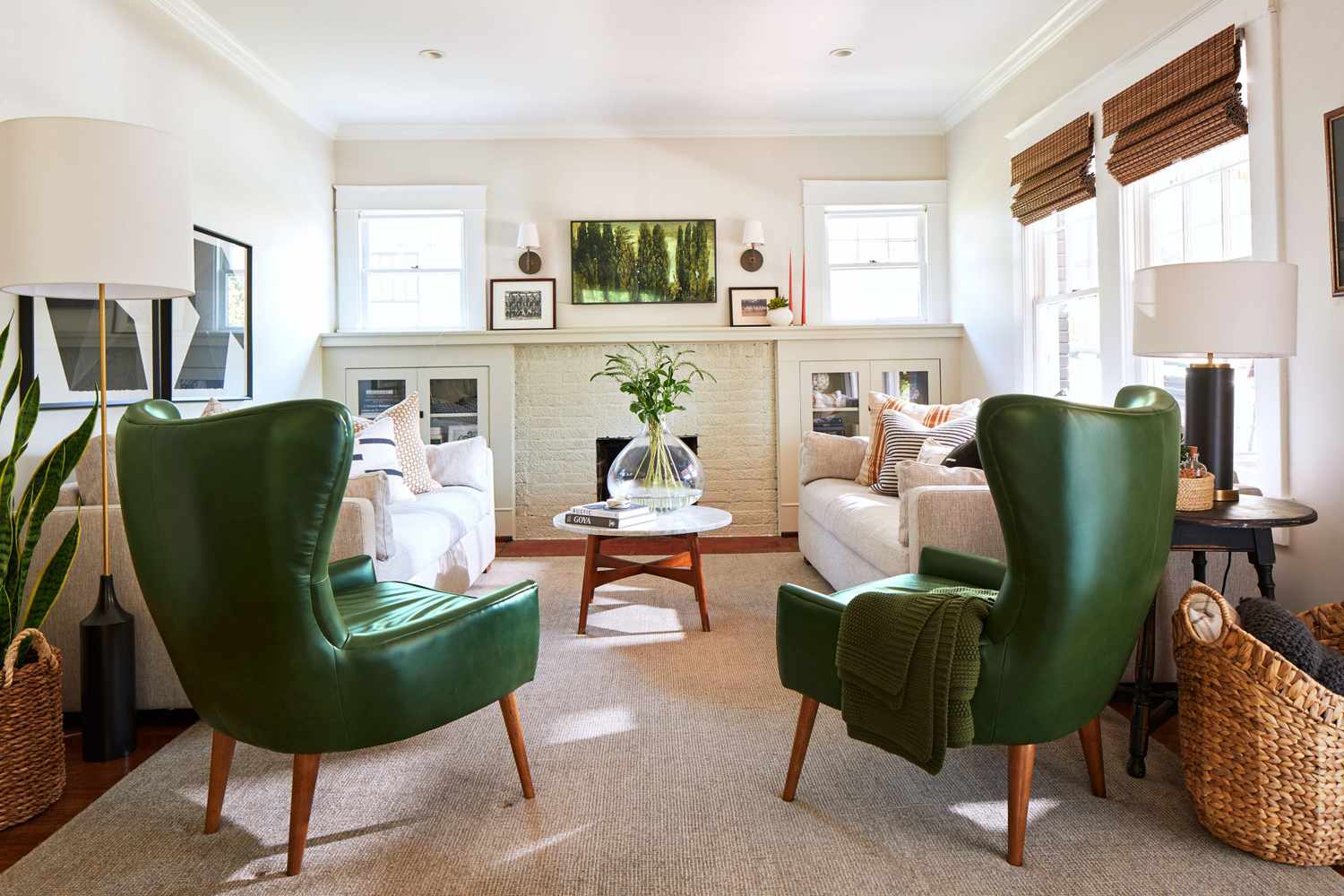
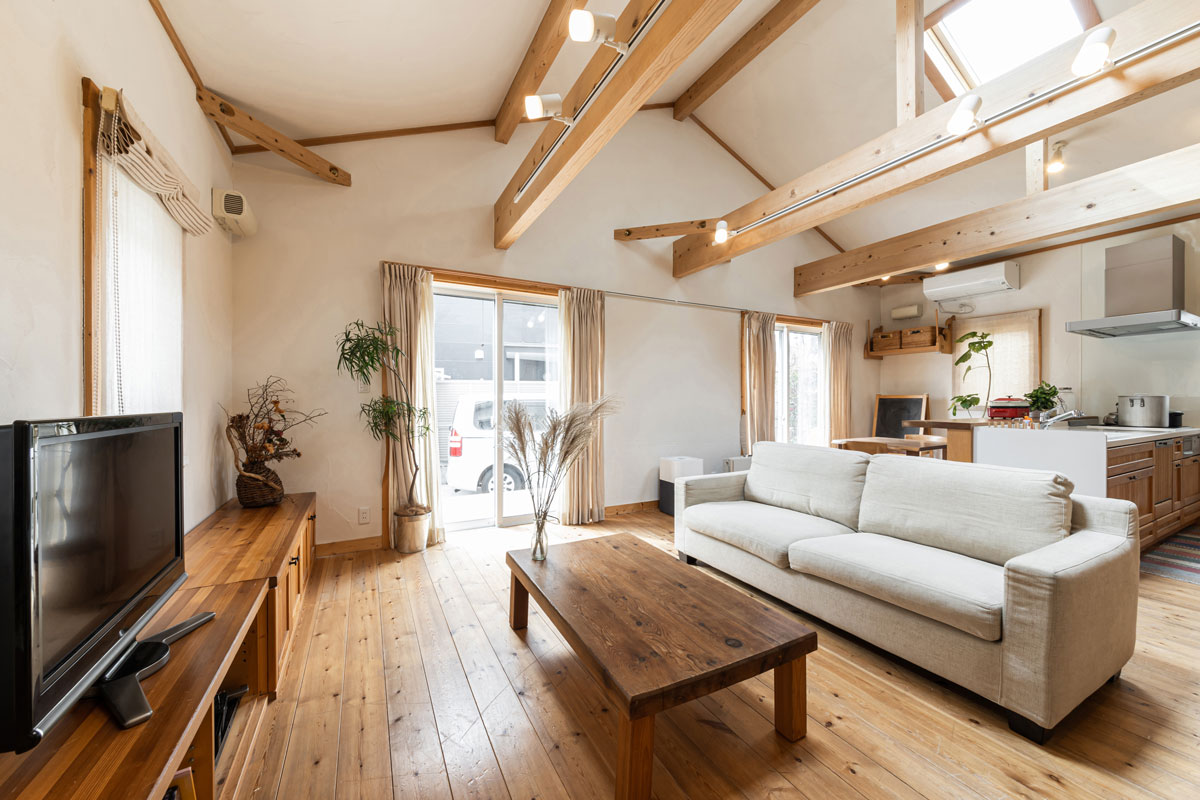
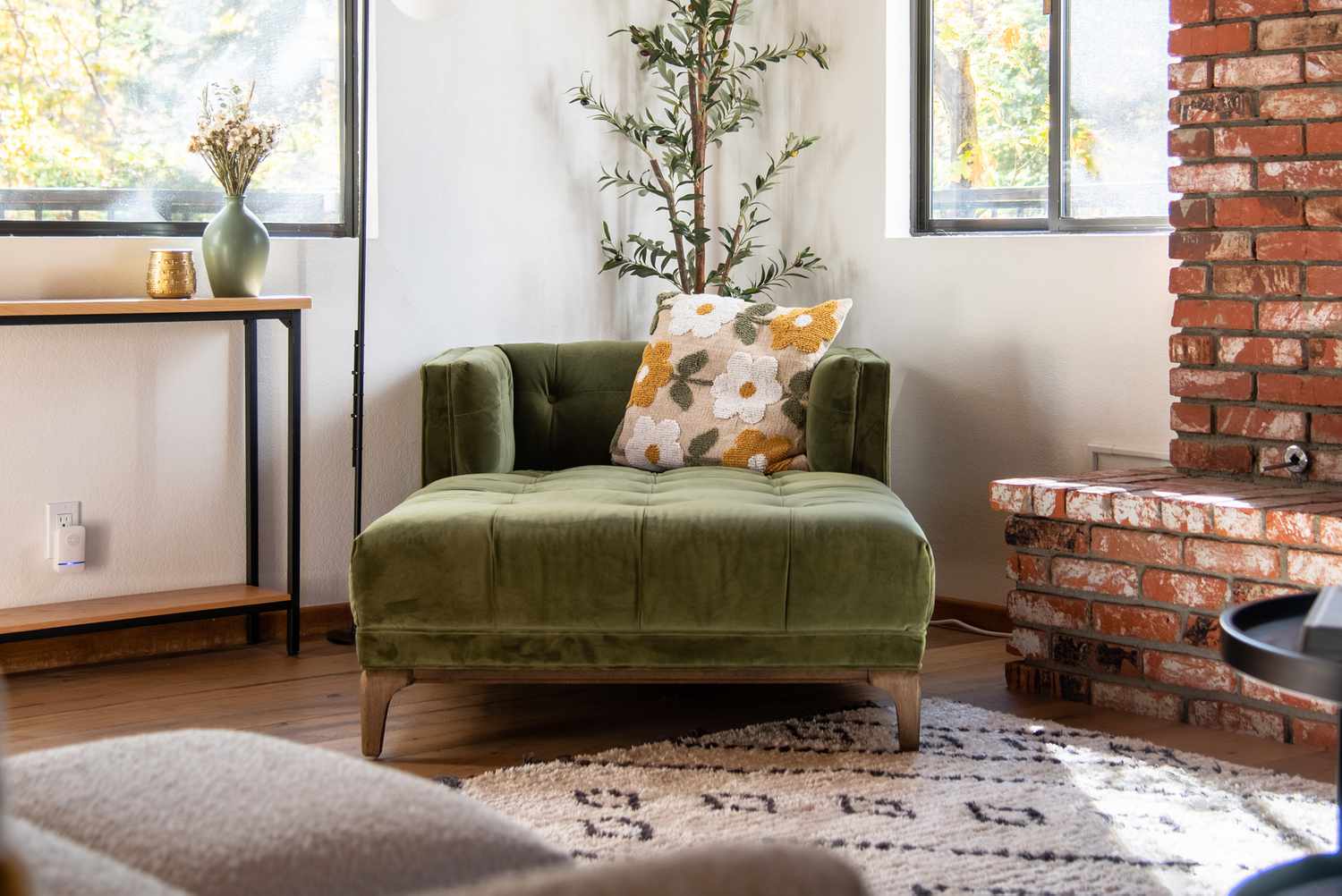
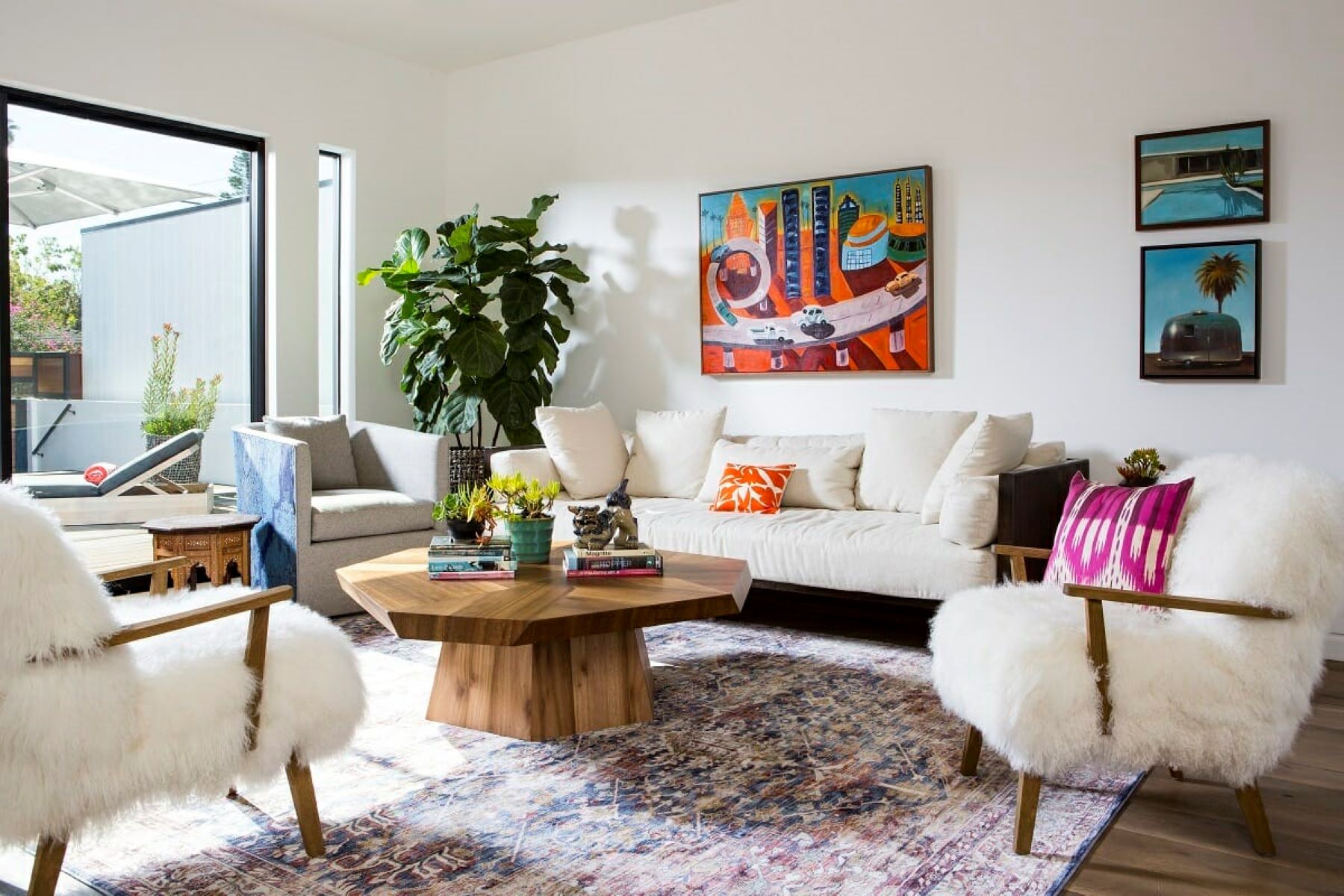
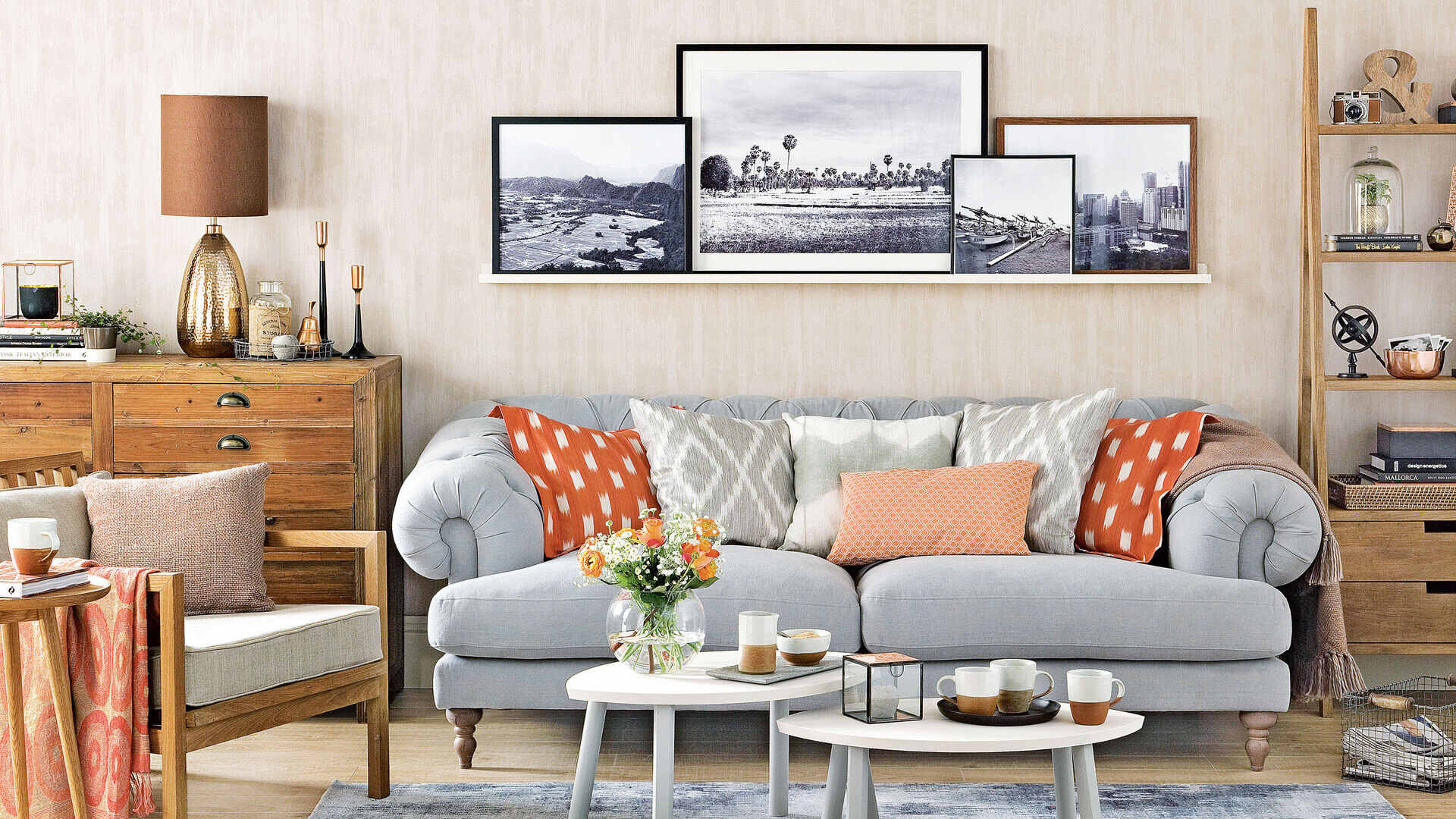
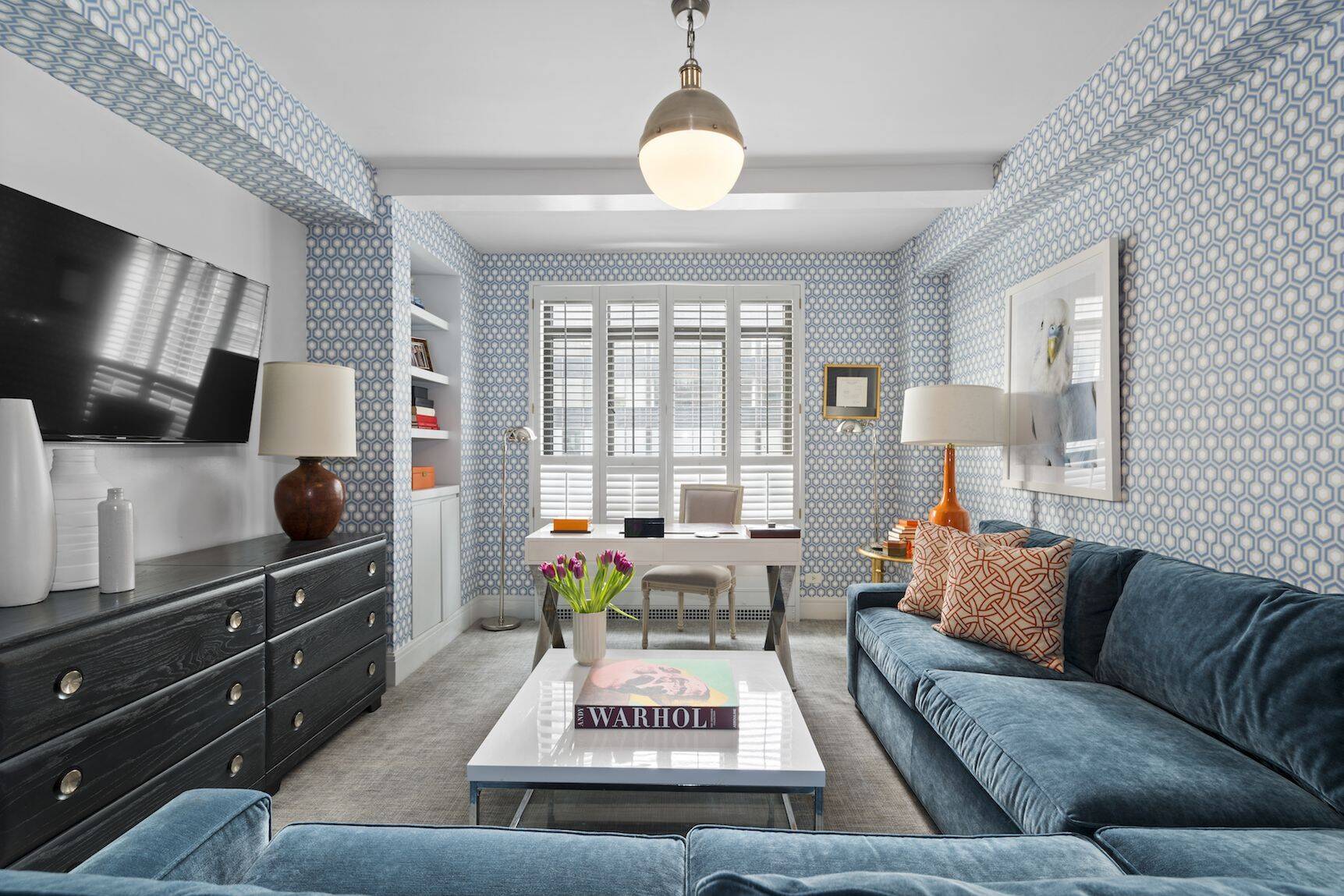
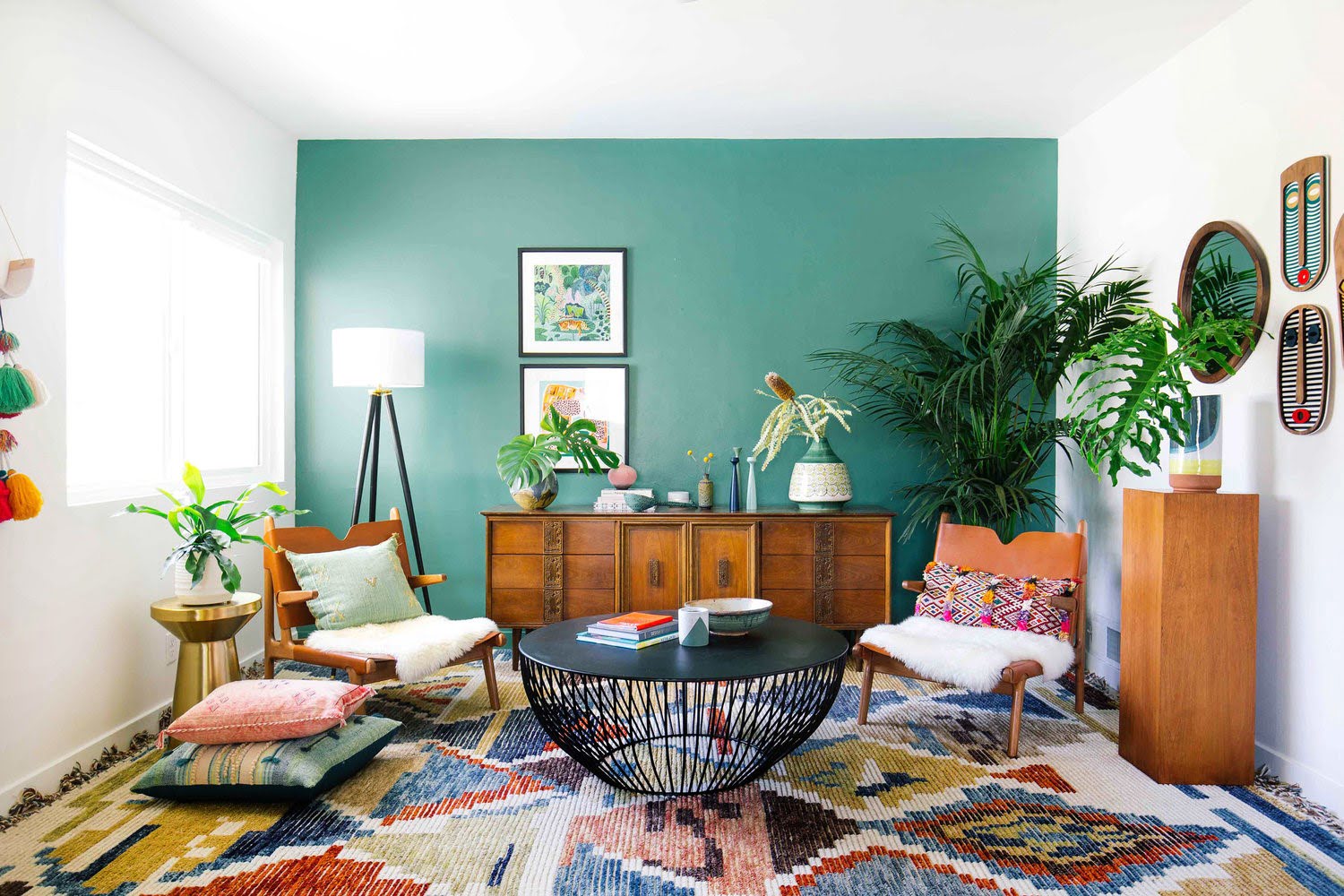
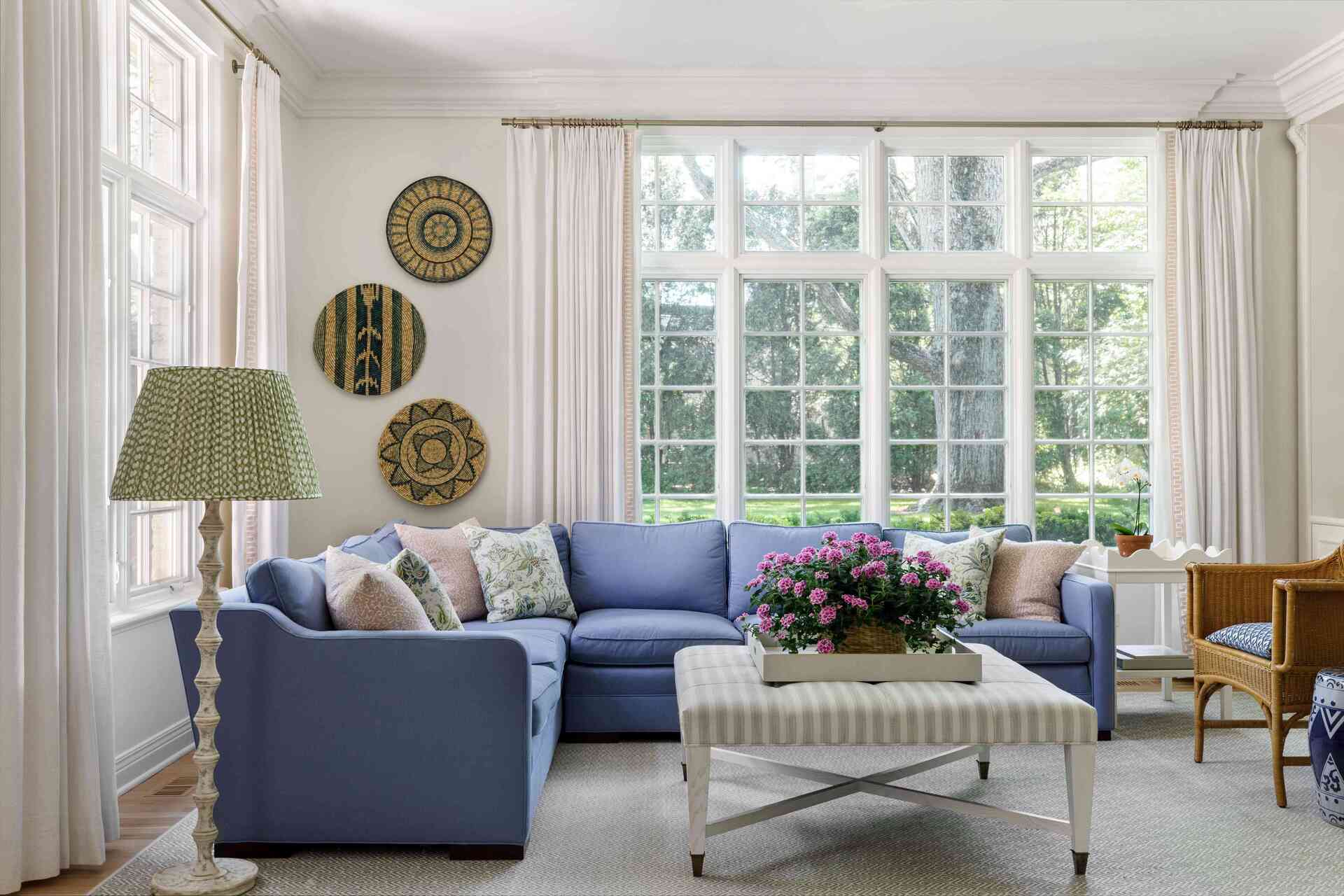
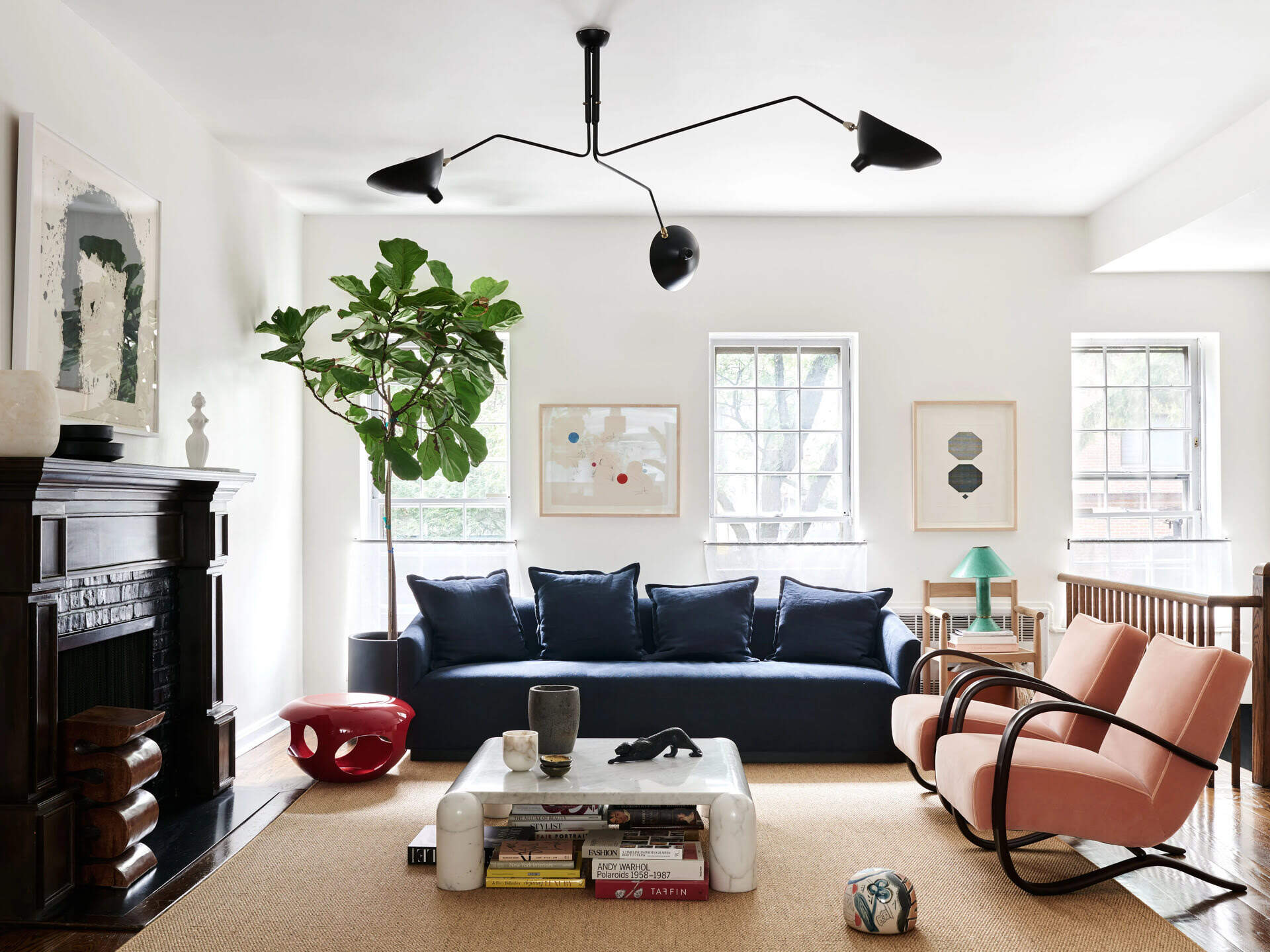
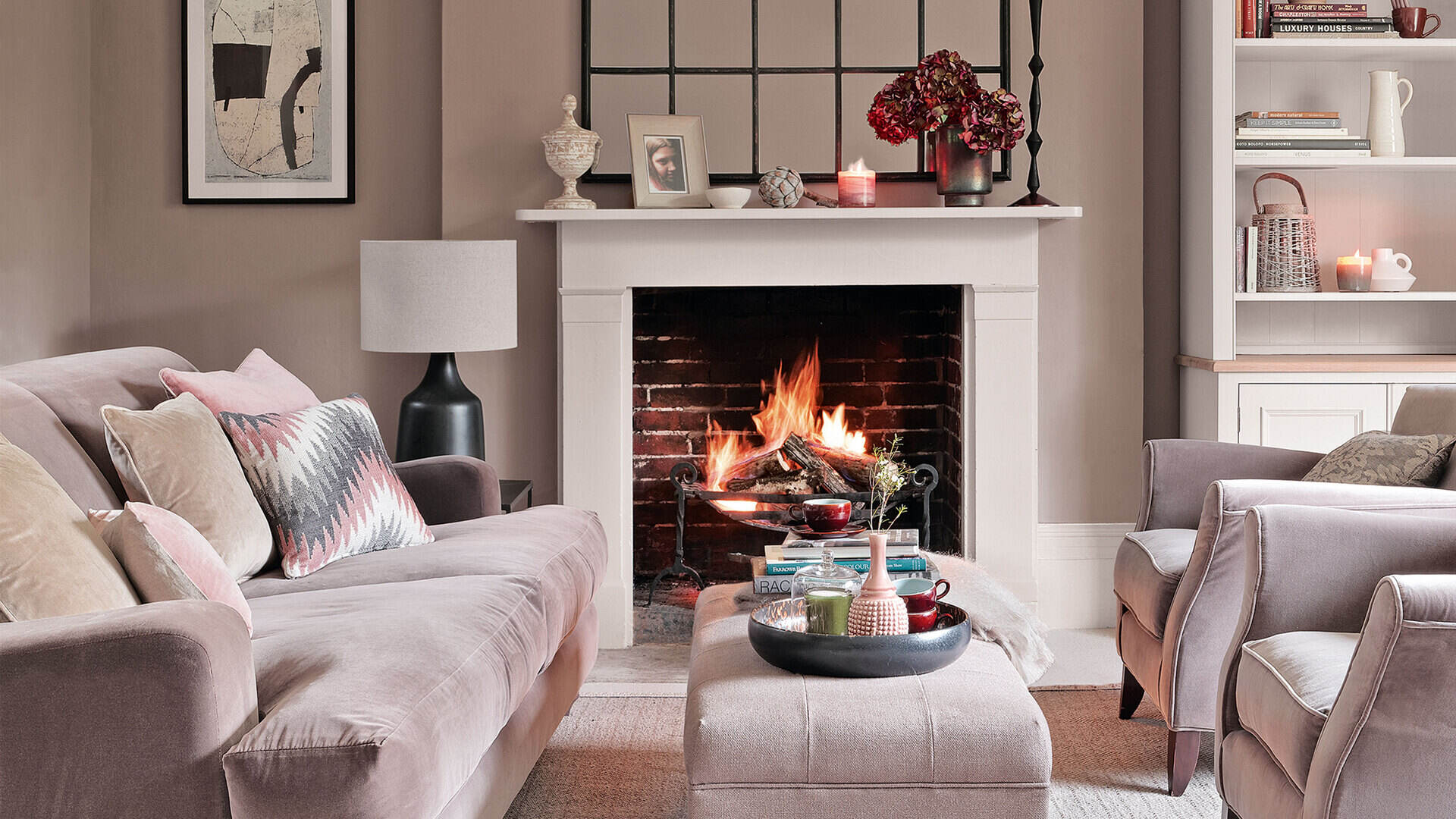
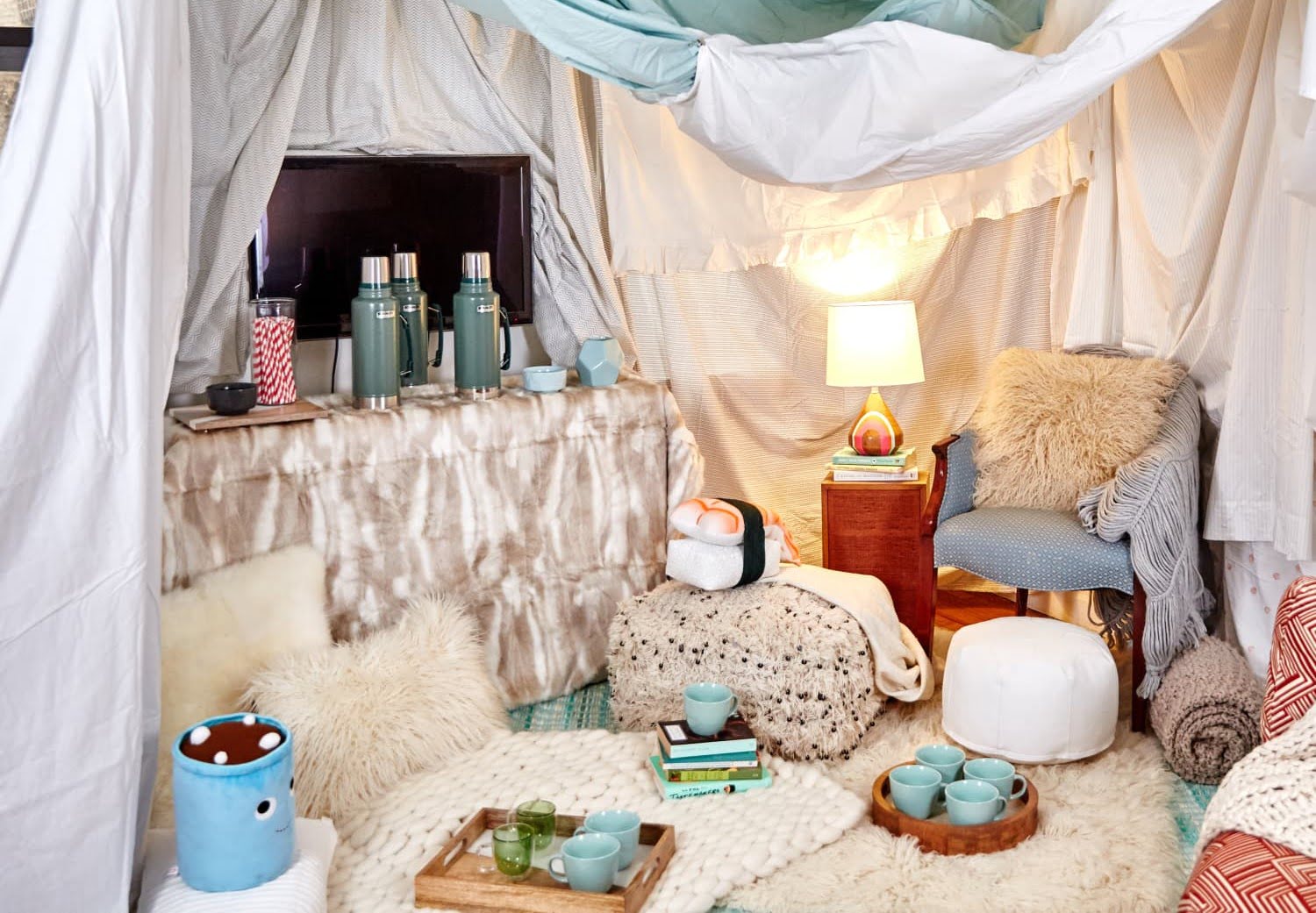
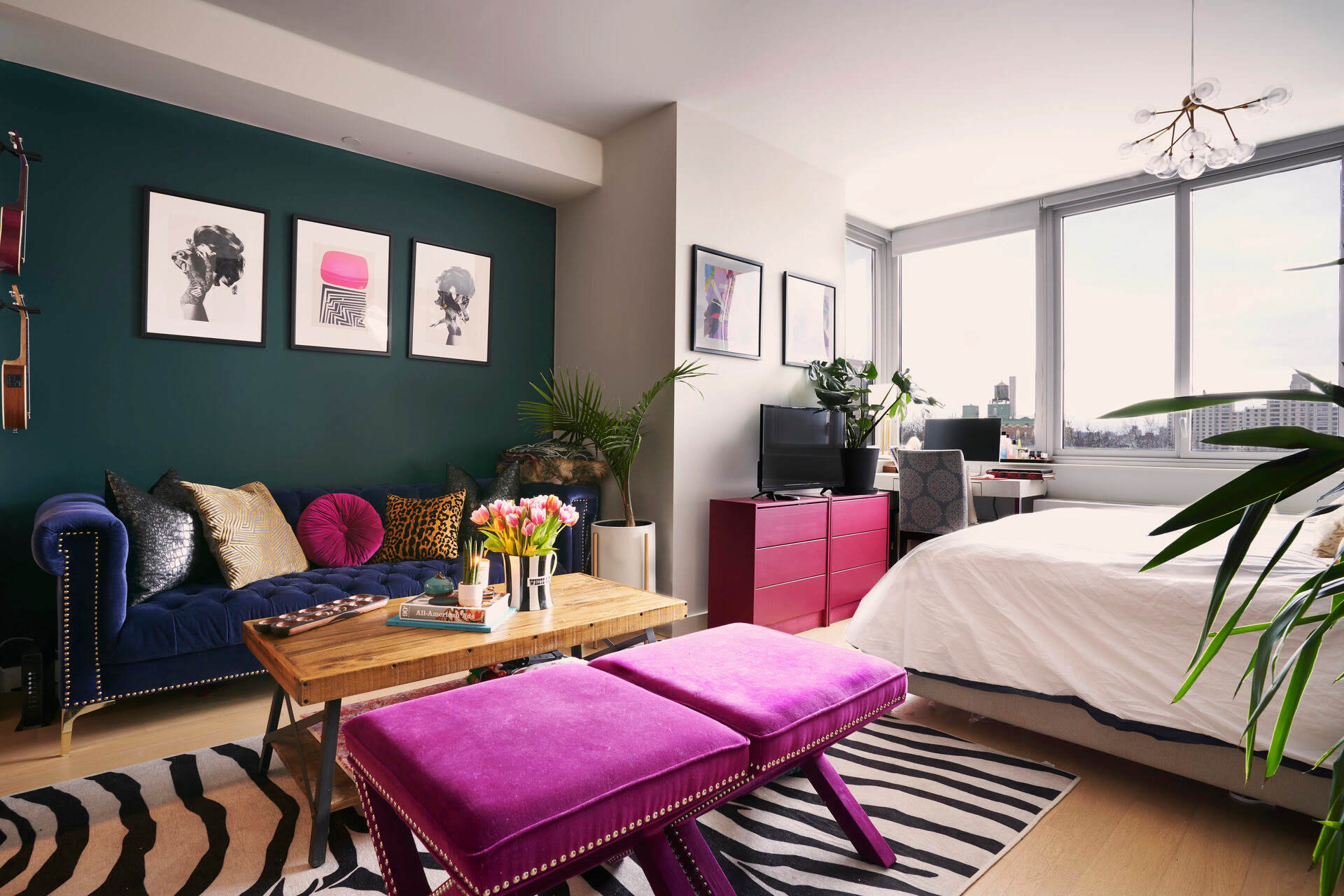

0 thoughts on “Which Wall To Accent In A Living Room: How To Make The Right Call”